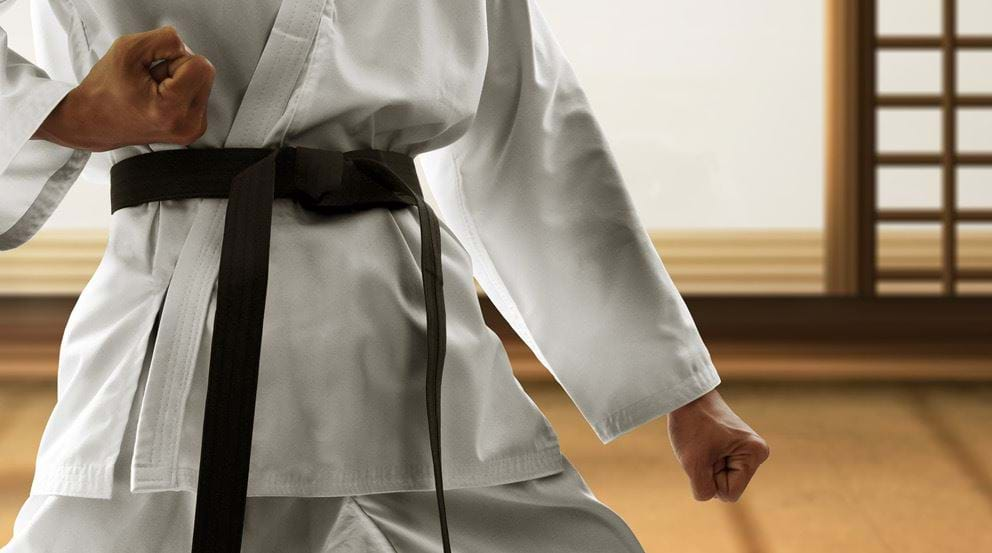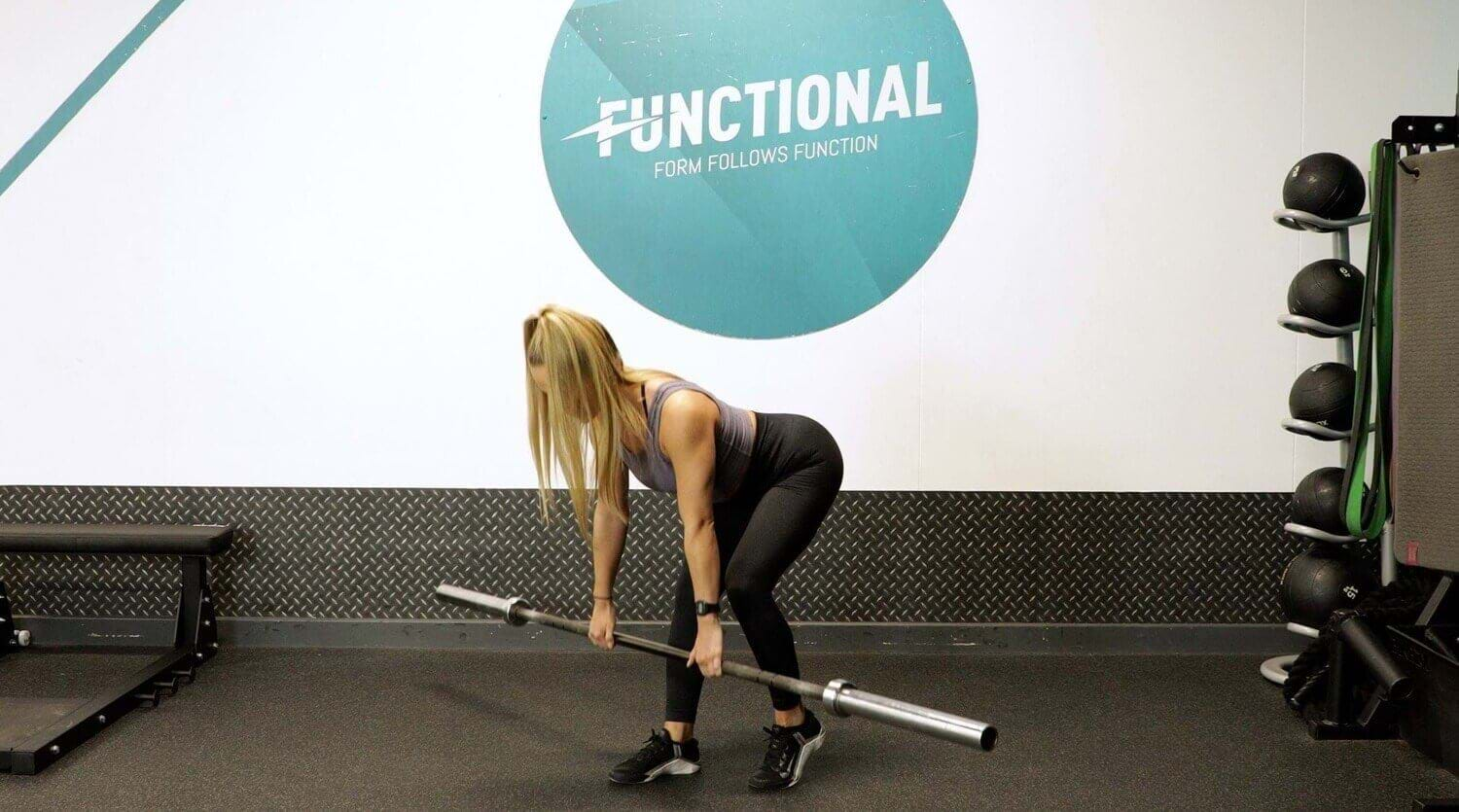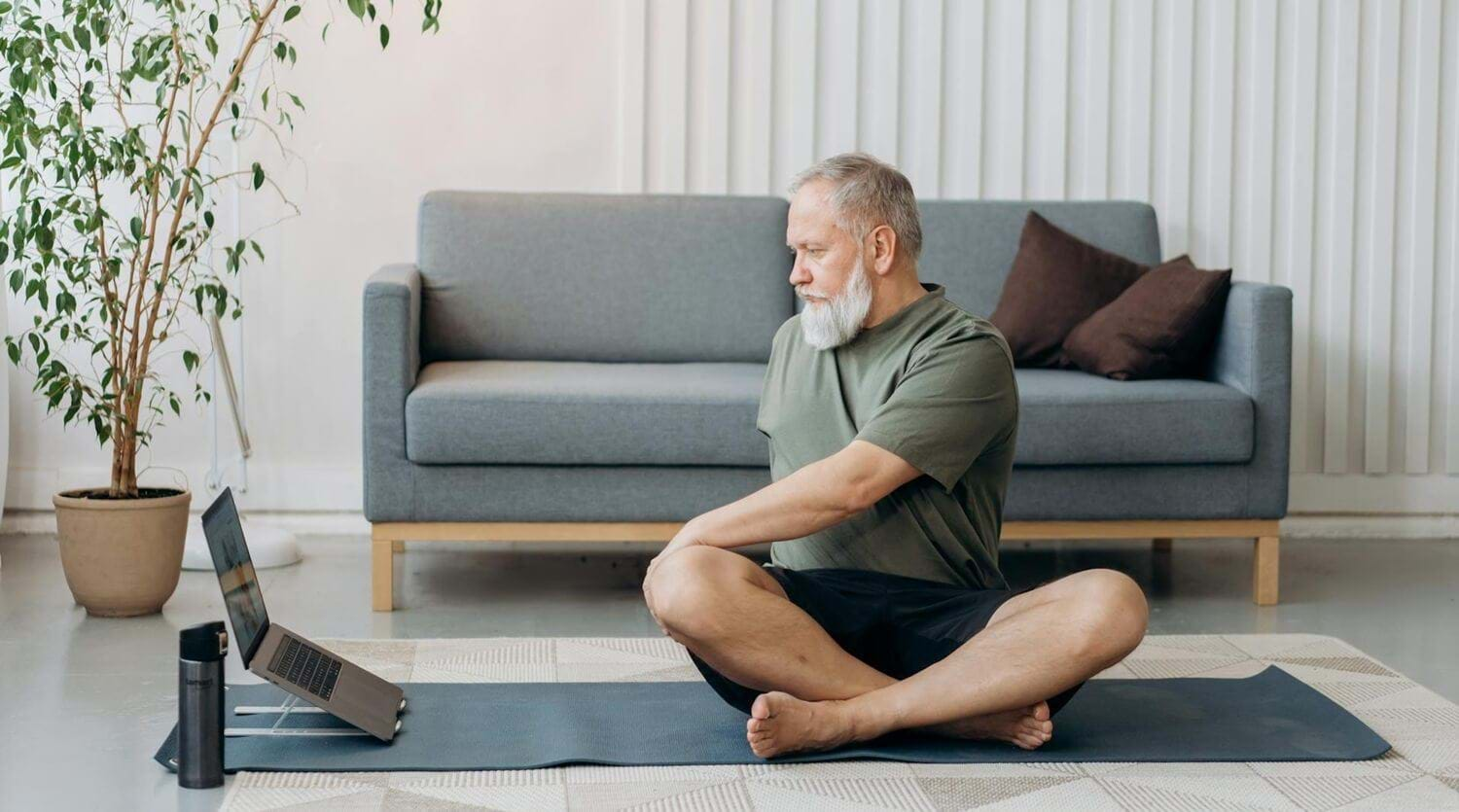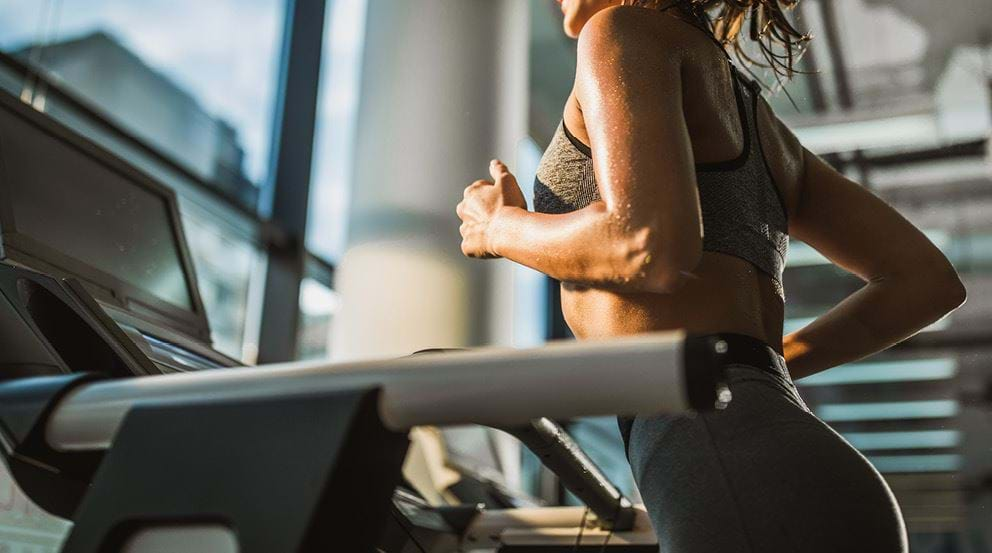Martial Arts Workout Programmes For Strength, Stamina & Skill

Training Elements | Training Comparison | Full Body Workout | Cardio | Jiu-Jitsu | Karate | MMA | Kettlebell Workouts | Beginner Workouts | Weekly Structure
Martials arts training is growing in popularity as more people discover the benefits of MMA, Jiu-Jitsu, Karate, and Muay Thai. Whether you're stepping onto the mat for the first time or looking to level up your skills, you'll find everything you need to know about building strength, stamina, and technical ability thanks to PureGym Dumfries PT and Martial Arts Instructor, Oliver Chorlton.
What Should A Martial Arts Workout Programme Include?
Martial arts require a high level of strength, endurance, mobility, and power, and the best workout for martial arts will include all these elements.
Any good martial arts training plan will need to include technical proficiency for your chosen sport, cardio endurance, functional strength, explosive work, and mobility training to help develop the attributes that will improve your chosen discipline.
Keep reading to learn how to build a martial arts training plan that incorporates the right amount of all those elements at the best time.
Should You Train Differently for Jiu-Jitsu, Muay Thai, Karate, or MMA?
While there's significant overlap between martial arts training approaches, each discipline has specific demands, and your training program should reflect this whilst while maintaining the fundamental principles of martial arts fitness.
For example, strength and conditioning for Muay Thai emphasises full-contact conditioning and longer rounds, while Taekwondo focuses more on flexibility and explosive kicking power.
The key is understanding your chosen discipline's requirements and tailoring any supplementary training to support your primary martial arts practice. This might mean emphasising grip strength for Jiu-Jitsu, leg conditioning for Muay Thai, or explosive power development for Karate.
Full Body Martial Arts Workout
As you get more advanced in your chosen discipline, tailoring your training becomes more important. For those new to martial arts, building a foundation of strength and mobility will look similar no matter what style you train.
Martial arts training should be built around functional movements that mirror the movements you’ll be doing in training and competition, like compound exercises for grappling and striking and isometric movements for holding positions like sidekicks. For example, punching is used across all striking styles so push ups are a great way to build strength for this, while squats and lunges can help with all types of kicking.
This full body, power focused workout will help to build strength, mobility, and power for all martial arts.
Power Focused Martial Arts Workout
Warm up
Cross trainer - 3 minutes
Dynamic stretches - 2 x 20 seconds each with 10 seconds between each exercise
Leg swings side to side
Leg swings front to back
Hip circles
Squat to overhead reach
Shoulder circles
Arm swings
Main workout
Bodyweight pogos - 5 x 10 reps, 2 minutes rest between
Landmine punch (20kg bag) - 5 x 5 per side, 2 minutes rest between
Hex bar plyo squat (50% of 1 rep max) - 5 x 5, 2 minutes rest between
6 count burpees + squat + front kick chaser - 3 x 1 minute, 30 seconds rest
Cool down
Skipping - 10 minutes
Static stretches - 3 x 15 seconds, 10 seconds rest
Overhead triceps stretch
Shoulder stretch
Cobra stretch
Shell stretch
Crucifix stretch
Sit and reach
Straddle
Cardio Training For Martial Arts Endurance And Recovery
Cardiovascular fitness will always be a core part of martial arts training, because sparring, rolling, and mat work challenge those energy systems.
Skipping using a speed rope is a great cardio option for martial artists, because it improves proprioception and mimics the bouncing movement patterns of striking sports. Running is another useful cardio tool, helping you build an aerobic base and work on VO2 max.
For lower-impact alternatives on recovery days, try cycling and ski erg training offer cardio without joint stress.
The Best Gym Workouts For Jiu Jitsu: Strength, Abs, And Conditioning
Jiu-jitsu requires core strength, grip endurance, and the ability to generate power from awkward positions. Your gym workout for jiu jitsu should focus on exercises that build functional strength for grappling scenarios.
Core work
Your jiu jitsu ab workout should include anti core exercises, like planks and deadbugs, that build stability, and rotational movements like Russian twists and Pallof presses that mirror twisting and bridging motions on the mat.
Pulling strength
Working on your pulling strength will help with grip and submissions in jiu jitsu. Include exercises like pull ups, rowing variations, and lat pulldowns in your workout plan.
Conditioning
For jiu jitsu fitness workouts, try circuits that combine strength and cardio, like kettlebell swings, battle ropes, and bodyweight intervals.
Karate Workouts: Striking Drills, Bag Work, And HIIT Circuits
Karate workout plan tends to focus on building explosive power, technique, and endurance. Heavy bag work allows you to practice techniques at full power while building conditioning. A karate punching bag workout should include flowing combinations that build power and technique. Combine bag work with karate HIIT workout circuits that include plyometric exercises, sprints, and technical drills.
Mixed Martial Arts Workout Programmes for All-Around Performance
MMA is the ultimate test of fitness, requiring competency in striking, grappling, and the transitions. An effective MMA training program typically includes sessions for striking, grappling, strength training, and cardio conditioning.
Mixed martial arts workout programs usually incorporate elements from boxing, wrestling, Brazilian Jiu-Jitsu, and Muay Thai, depending on your strengths and weaknesses. The key is making sure each component supports the others rather than piling on extra training that will drain your recovery resources.
Kettlebell Workouts for Martial Arts Functional Strength
Kettlebell training can be great for martial artists, as it ticks the boxes of strength, power, and conditioning using dynamic movement patterns. A kettlebell martial arts workout should include exercises that build functional strength and movement quality.
- Kettlebell swings develop hip drive for powerful kicks and takedowns.
- Turkish get-ups build complex coordination for ground fighting transitions.
- Kettlebell snatches and cleans train explosive power for striking and throwing.
Beginner Martial Arts Workout: Simple Routines to Start With
Starting out in martial arts can feel overwhelming, but a well-structured beginner martial arts workout program helps you focus on what’s important. It’s all about basic movement patterns, fundamental techniques, and building fitness.
Your beginner routine should prioritise basic strength development whilst maintaining good mobility. This includes bodyweight exercises like squats, push-ups, and planks, dynamic stretching, and basic martial arts movements. Here’s a skill-focused workout you can try.
Warm up
- Cross trainer – 3 minutes
- Dynamic stretches – 2 x 20 seconds each with 10 seconds between each exercise
- Pec openers
- One up one down arm swings
- Torso twist
- Hip circles
- Alternating lunges
- Touch toes, squat, touch toes, stand
Main workout
- Shadow boxing – 3 x 2 minutes, 60 seconds rest
- Pad work drills
- Combination punching – 3 x 1 minute, 60 seconds rest
- Combination kicking – 3 x 1 minute, 60 seconds rest
- Heavy bag work – 3 x 2 minute, 60 seconds rest
- Movement, range management, and combination striking
- Bodyweight circuit – 60 seconds per exercise with 10 seconds rest between each move, then 60 seconds rest before you do a second round
- Push ups
- Sit ups
- Squats
- Mountain climbers
- Burpees
- Squat jumps
Cool down
- Skipping – 10 minutes
- Static stretches – 3 x 15 seconds each, 10 seconds between exercises
- Calf stretch
- Standing hamstring
- Standing quads
- Cossack stretch
- Pigeon
- Childs pose
- Cobra stretch
- Shoulder stretch
- Overhead triceps stretch
How to Structure Your Weekly Training: Strength, Skill, and Rest Days
A typical weekly structure for martial arts training will include 3-4 technical sessions, 2-3 strength training sessions, and at least one rest day.
Martial arts training is tough, so take recovery seriously, with active recovery through light movement and complete rest days. Listen to your body and adjust training intensity based on how you're feeling and performing.
Building a good martial arts workout program means understanding the physical demands of your sport and structuring your training week to include conditioning, endurance, mobility, power, and strength, as well as the technical skills of your discipline. Whichever martial art you want to do, the principles remain the same - prioritise skill development, build functional strength, and stay consistent in your training.
Want to get some expert advice and guidance for martial arts training? Book a session with one of our Personal Trainers who can give you a tailored training plan. Find your nearest PureGym to get started on your martial arts journey today.


